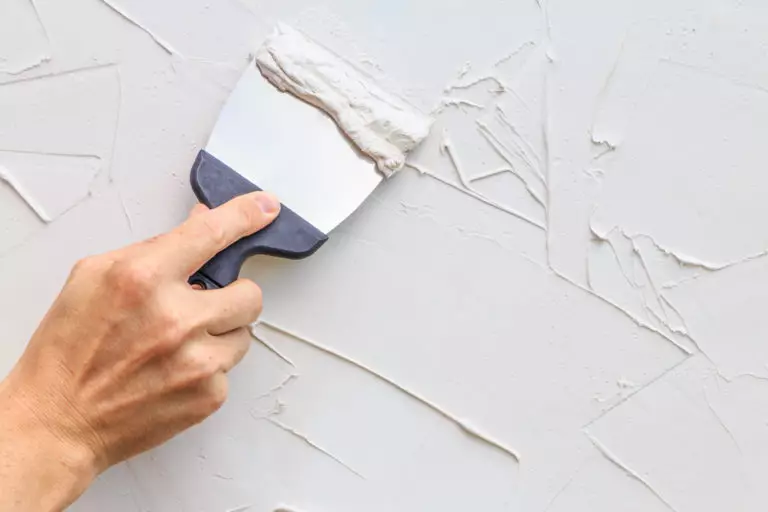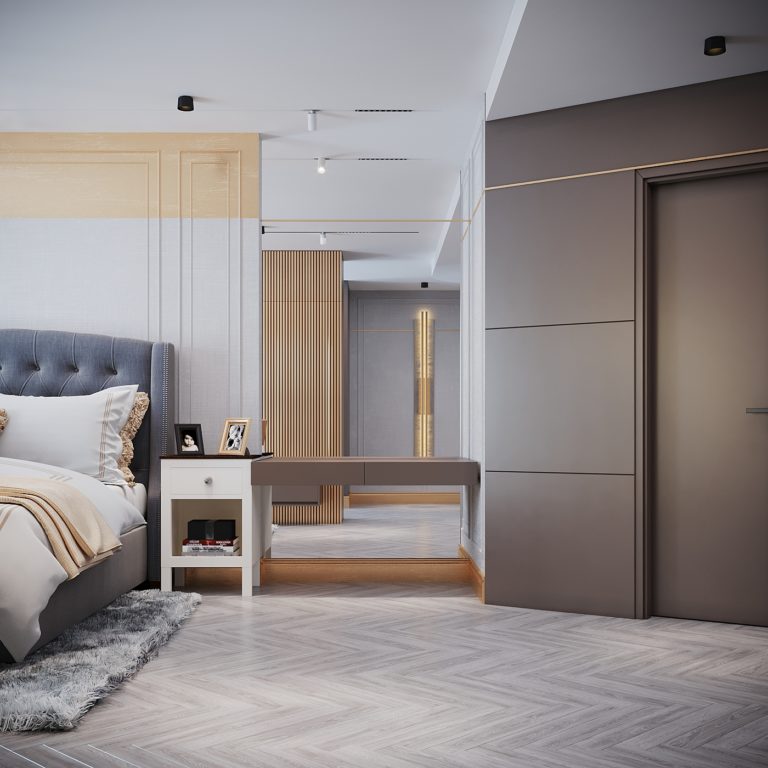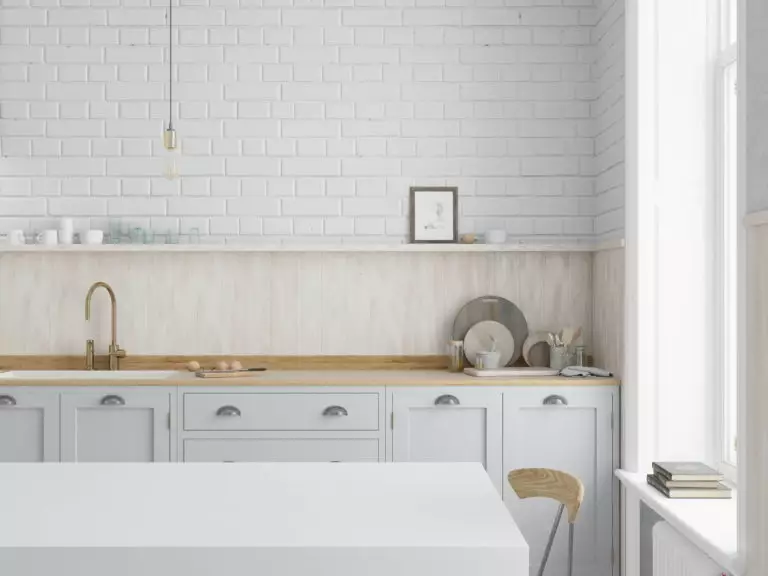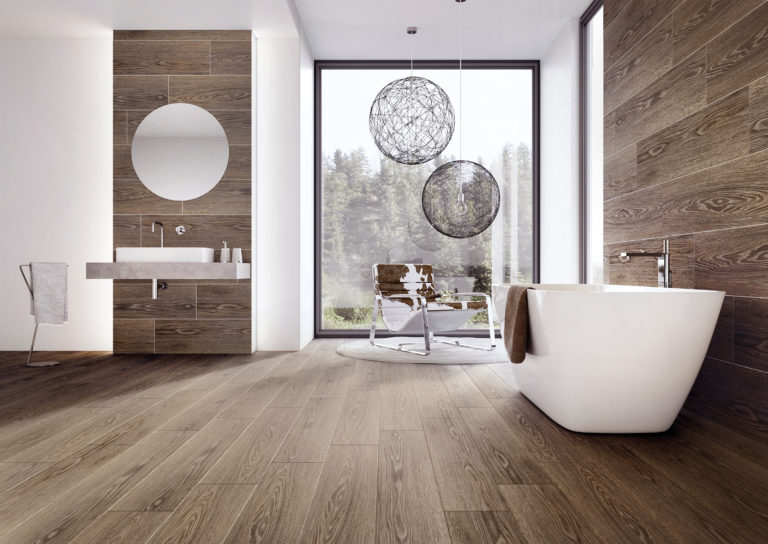How long does the spackle take to dry?
Spackle is an ideal way to make the surface to be painted even and smooth. Moreover, if you want to achieve flawlessly painted walls and maintain their aesthetic appearance for a long time, you simply cannot do without spackle.
When processing walls for painting with putty mixtures, it is essential to carefully follow the technology of working with the material. This applies to such points as the quality of the material itself, the uniformity of its application – and, of course, the degree of drying. If the coating of the surface is not dry enough, you run the risk of swelling, uneven coloring, and, subsequently, possibly, peeling of the paint. Of course, hardly anyone wants to get a similar result, and therefore let’s figure out how long the spackle takes to dry.
Drying time of the spackle: what it depends on
Do not think that you will receive a universal answer to the question of the drying time of the mixture for the wall spackle. The fact is that a huge number of factors affect the speed of preparing walls. Let’s consider each of them – especially since there are not so many of them.
- Type and brand of material. Today manufacturers offer many formulations, which may differ both in the list of components and in their percentage. So, there are classic, quick-drying, and quick-setting spackles, and each has its own time to be ready to apply the topcoat. That is why, before starting work, it is important to carefully study the information on the packaging of the building mixture.
- The area and depth of the surface. If the wall or ceiling is flat enough, and there are few depressions in them, or they are rather shallow, the layer of spackle will be thinner, which means it will also dry faster. If the surface has deep and wide pits and potholes, be prepared to wait a little longer for the leveling compound to dry.
- Indoor temperature and humidity. This factor is the most obvious. You don’t need to be a physicist to understand that the drying of any material is associated with moisture evaporation. The drier and hotter the air in the room, the faster the evaporation takes place. That is why it is worth caring for a sufficient supply of fresh breeze or heat if you want your spackle to dry faster.
As you probably already understood, the drying time of the spackle varies. So, for quick-drying mixtures, you can paint in a few minutes, although the usual one takes 1-2 hours to dry. Finishers also recommend waiting a couple more hours before sanding walls or ceilings and at least a day before painting.
Also, do not forget that spackle is a rather porous material, and if it is applied unevenly, then the paint will fall on the surface unevenly. That is why the spackle is often covered with a primer on top: in this case, you will have to wait a few more hours to a day.
Spackle dry time depending on the composition
Another way to ensure that the wall dries quickly is to select a material with the right components. We bring to your attention the following types of building mixtures for surface filling:
- Plaster. Fastest drying material – one layer dries in about 3 hours. However, such a spackle does not tolerate dampness at all and is intended only for internal work.
- Cement-lime. From application to complete drying of this type of putty, it takes 24-48 hours, depending on the thickness of the layer. However, in its ability to mask joints and smooth out potholes, it simply has no equal.
- Based on polymers. It is applied in skinny layers that dry for no more than 3 hours and at the same time do not shrink, is cheap, and allows the paint to lay down surprisingly evenly.
How to make spackle dry faster?
Today, both craftsmen and those engaged in renovating their homes independently put a lot of effort into making the spackle dry faster. We will study the most popular methods of “forced” drying of spackle surfaces and learn more about the pros and cons of each technology.
- Maintaining adequate temperature. Today, experts say a temperature of +6 to + 20 degrees is required for high-quality and uniform drying of the putty and spackle. It is not scary if it is several degrees higher, but it is also dangerous to overheat the material. As for the accessories, both conventional radiators and portable heaters can help you cope with this.
- Natural ventilation. The spackle is composed of a certain moisture percentage, and nothing copes with water better than moving air. Be sure to open a window in the room so that the water evaporates as quickly as possible.
- Air conditioner. An alternative to natural ventilation – however, many consider it more effective than just an open window. True, experts say that when using it, you should not set the blowing intensity to the maximum and the temperature to the minimum: in this case, there is a risk that the spackle will dry unevenly or begin to crumble. The middle ground is equally important here.
- Hairdryer and fan. Both of these household appliances are ideal for the so-called point exposure. So, if there are damp spots on the surface of the spackle and the surface around is dry, then the directional effect of a hairdryer or a fan will help to “even out” the intensity of drying much faster. True, you also need to use this method carefully, leaving time for the putty to cool naturally – otherwise, there is a risk that it will not dry out or fall off in a layer.
Spackle dry time: Conclusions
High-quality and complete drying of the spackle is a prerequisite for even and flawless paint application. That is why it is vital to show a little patience and wait as long as necessary: with proper application and high quality of the material, the drying of the walls will not take long.




